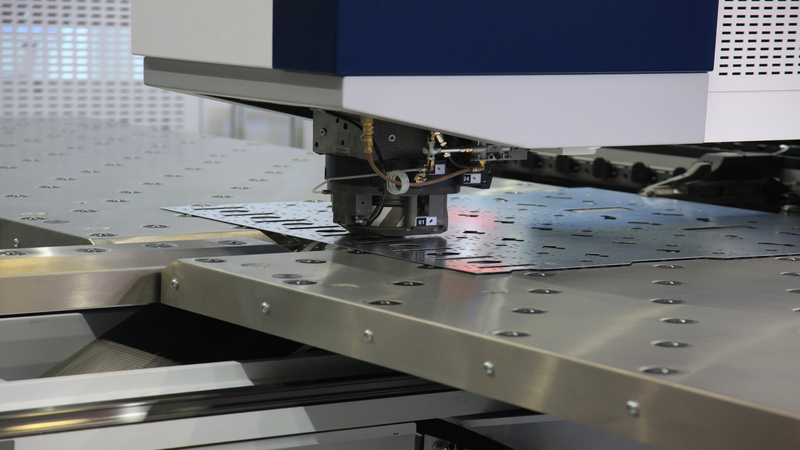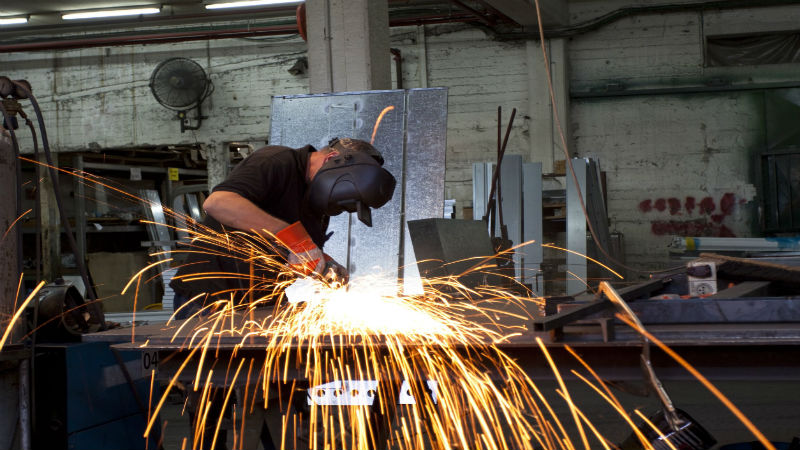A variety of manufacturing techniques shape metals into useful components. Among these, sheet metal forming is critical in changing flat sheets of metal into desirable forms and structures. This method includes a variety of procedures, including stamping and bending, which are required to create precision components. These processes are essential for producing parts that meet stringent industry standards and functional requirements. Additionally, its versatility allows for the creation of both simple and complex shapes, making it indispensable across various manufacturing sectors.
Key Processes
Stamping is one of the most often used metal-forming procedures for producing high-volume products with consistent quality. This method can produce complex structures from sheet metal, which is critical for businesses that require precision. Furthermore, deep drawing procedures play a crucial role in creating deep, hollow parts like vehicle panels, which involve transforming sheet metal parts into intricate shapes. The efficiency and accuracy of these techniques significantly enhance the production capabilities of industries reliant on detailed metal components.
Benefits and Applications
Forming has several advantages, including the ability to make high-strength, lightweight products that are both durable and affordable. This technology is widely used in industries such as automotive, aerospace, and electronics, where precision and efficiency are essential. The ability to produce complex parts with minimal material waste boosts cost savings and sustainability. Advancements in forming technology further enhance accuracy and meet modern manufacturing demands.
For expert solutions in sheet metal crafting, look no further than Staub Manufacturing Solutions, with a reputation for producing high-quality sheet metal pieces and innovative forming techniques, is committed to satisfying your manufacturing requirements. Contact them today to learn how their advanced solutions can enhance your production processes.

